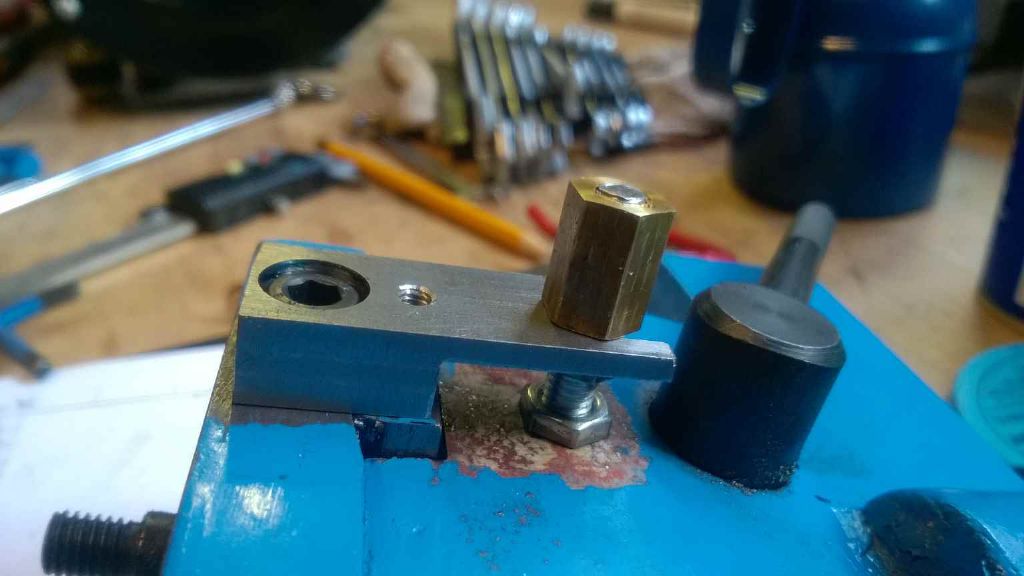Tapping Cast Iron
Tapping Cast Iron
- This topic has 33 replies, 18 voices, and was last updated 14 February 2016 at 12:45 by
Iain Downs.
- Please log in to reply to this topic. Registering is free and easy using the links on the menu at the top of this page.
Latest Replies
Viewing 25 topics - 1 through 25 (of 25 total)
-
- Topic
- Voices
- Last Post
Viewing 25 topics - 1 through 25 (of 25 total)
Latest Issue
Newsletter Sign-up
Latest Replies
- Boiler hydraulic test 4 hours
- MD65 leadscrew cross-slide stuck in nut
- Boiler Design – issue 4765
- Rotary table Chuck mounting.
- Fobco or a Clarke CMD 1225 milling capabilities? or other recommendations?
- Pre-Setting 4-Jaw Chucks Hack for Quick Centering
- New member (a young’un)
- Bandsaw vs Powered Hacksaw vs Chop Saw?
- DELL / StarTech [mechanical incompatibilty]
- Fobco Star (Universal) Milling capabilities? or a Clarke CMD 1225?





